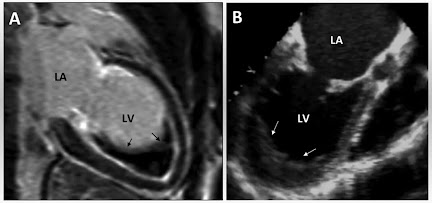Bronchial asthma
Definition : It is a disease of airways characterised by increase responsiveness of trachiobronchial tree to variety of stimuli resulting in widespread spasmodic narrowing of air passages which may be relieved spontaneously or by therapy.
Classification
1. Extrinsic (allergic or atopic) asthma
2. Intrinsic (idiosyncratic or non-atopic) asthma
3. Mixed
Etiopathogenesis
1. Extrinsic (allergic or atopic) asthma :It is the most common type of asthma. It usually begins in childhood and early adult life. Most patient of this type of asthma have personal and familial history of preceding allergic disease such as - rhinitis, urticaria or infantile eczema. And hypersensitivity to various allergens such as - house dust, pollens, animal danders, moulds etc.
Mediators : Acute immediate response is initiated by IgE-sensitised mast cells on the mucosal surface. Mast cells on degranulation release mediators like-
i. Histamine
ii. Leukotriens
iii. Prostaglandins
iv. Platelet activating factor and chemotactic factor for eosinophils and neutrophils.
Affects of these mediators :
i. Bronchoconstriction
ii. Oedema
iii. Mucus hypersecretion
iv. Accumulation of eosinophils and neutrophils.
2. Intrinsic (idiosyncratic, non-atopic) asthma : This type of asthma occur in adult life with negative personal or familial history of allergy, negative skin test and normal serum level of IgE. It is occur after viral upper respiratory tract infection associated with nasal polypi and chronic bronchitis. Aspirin sensitive asthma find in 10% of cases.
3. Mixed asthma : Many patient do not clearly fit into either of two categories and have mixed features of both.
 |
| Difference between extrinsic and intrinsic asthma |
Morphological features : Pathologic material examined is generally autopsy of lungs and expected to be similar in non fatal cases.
Grossly : The lungs are overdistended due to overinflation. The cut surface shows viscid mucus plugs in bronchi and bronchioles.
Microscopically :
i. Curschmann's spirals - The mucus plugs contain normal or degenerated respiratory epithelium forming twisted strips.
ii. Charcot-Leyden crystals - The sputum usually contains numerous eosinophils and diamond shaped crystals derived from eosinophils.
iii. Bronchial wall shows -
- Thickened basement membrane of the bronchial wall epithelium.
- Submucosal oedema
- Inflammatory infiltrate consisting of lymphocytes and plasma cells with prominence of eosinophils.
- Hypertrophy of submucosal glands and bronchial wall smooth muscles.
iv. Changes of bronchitis and emphysema may supervene especially in intrinsic asthma.
 |
| Curschmann's spirals and charcot-Leyden crystals in mucus plugs |
You should also know about
Clinical features :
i. Paroxysms
ii. Dyspnoea
iii. Cough
iv. Wheezing
v. cor pulmonale (in chronic cases)
vi. Status asthmaticus (when attacks occur continuously).
Clinical diagnosis :
i. Demonstration of circulation eosinophilia and sputum.
ii. Demonstration of curschmann's spirals and charcot-Leyden crystals.






No comments:
Post a Comment
Please do not enter any spam link in the comment box